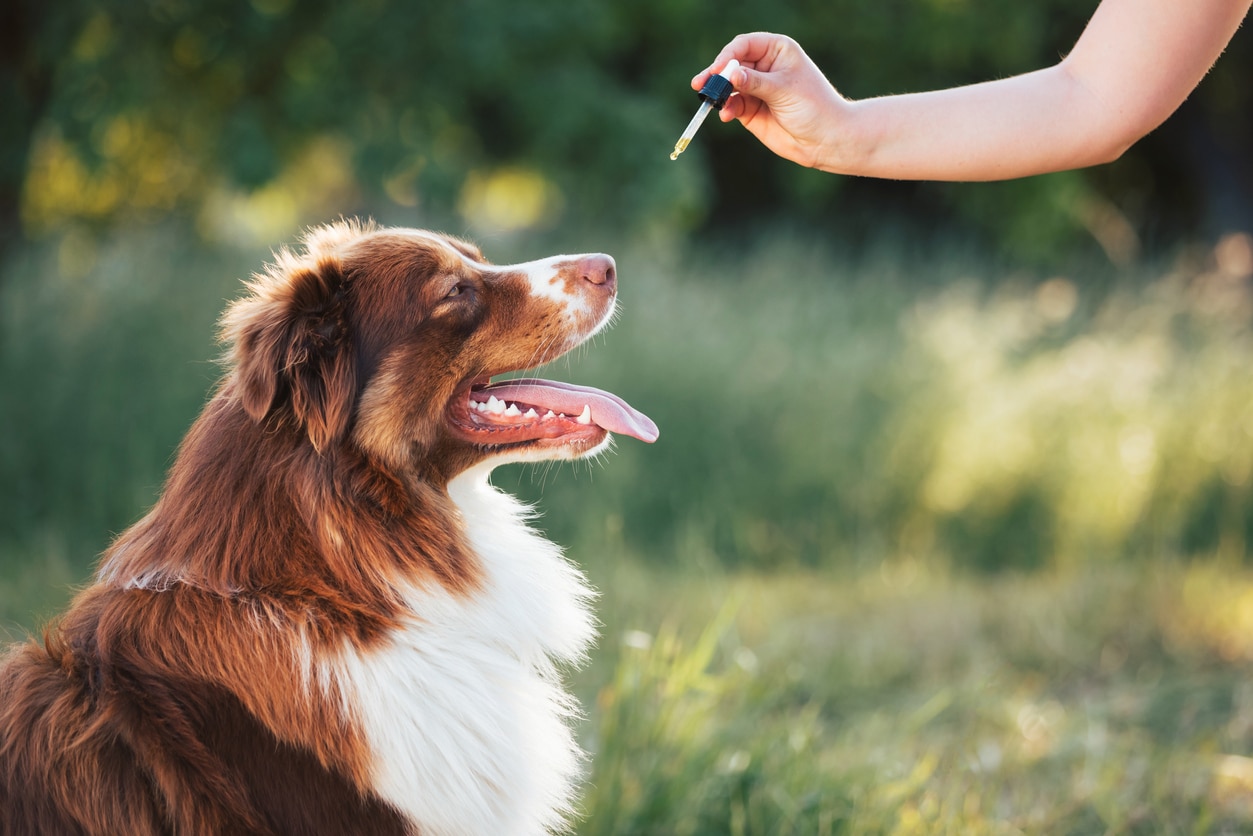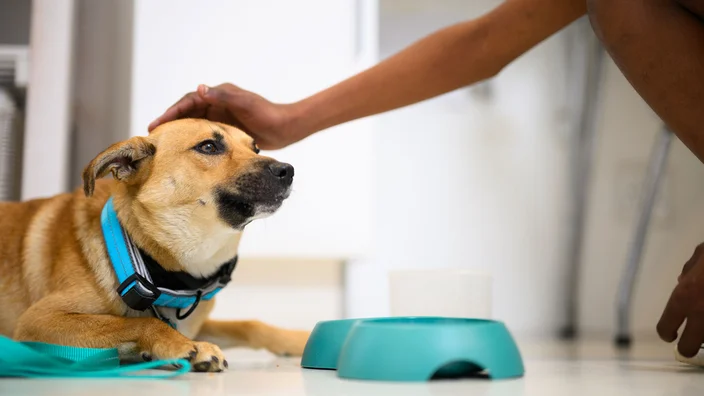Administering medicine to dogs is a common responsibility for pet owners, but it can often feel like a stressful task. Whether for a routine ailment or a serious condition, ensuring that your dog gets their medication is critical to their health. However, many dogs are not keen on taking pills, liquids, or even topical treatments, which can make the process challenging. Fortunately, with a few simple techniques and the right approach, giving dogs medicine doesn’t have to be difficult. From understanding the type of medication to using distraction techniques, there are effective ways to help your dog accept their treatment.
Understanding the Type of Medication
Before you begin, it’s essential to understand the type of medication you’re administering. Dog medications come in several forms—oral pills or capsules, liquids, topical treatments like creams or ointments, and, in some cases, injections. Each type requires a different approach, and knowing which method to use will help you prepare properly. Pills and capsules often pose the greatest challenge since dogs are experts at avoiding swallowing them. Topical treatments seem easier but can still be tricky if your dog tries to lick or rub the medication off before it dries. Understanding the nuances of each type of medication will guide your process and set the stage for successful administration.
Preparing the Right Tools and Environment
Once you’ve identified the medication type, preparation is key to reducing stress. Before you approach your dog, gather all necessary tools—pill pockets, treats, a syringe for liquids, or gloves for applying topical treatments. Having these items ready ensures the process is quick, reducing the chance of your dog getting anxious. Setting the right mood is equally important. Dogs are sensitive to human emotions, so staying calm and positive can help your dog remain relaxed. Administering the medicine in a familiar, quiet environment where your dog feels safe is crucial. If your dog shows signs of stress, using toys or soft music can create a more soothing atmosphere.
Using Treats and Food to Hide Medication
For oral medications like pills or capsules, one of the easiest methods is to hide them in food or treats. Many pet owners use commercially available pill pockets, which are soft treats designed to conceal pills. If you prefer a more homemade solution, you can wrap the pill in a piece of cheese, peanut butter, or even a small meatball. Timing is important—give the treat when your dog is excited or hungry to increase the likelihood that they’ll swallow the pill without noticing it. However, be sure to check that the pill hasn’t been spit out or left behind, as dogs can be quite sneaky about this. If food-based tricks don’t work, a more direct method may be necessary.

Administering Pills Directly
When food-based methods fail, you might need to administer the pill directly into your dog’s mouth. This requires a calm approach and a bit of technique. First, position your dog in a comfortable spot, either sitting or standing. Gently open their mouth by lifting the upper jaw and place the pill as far back in their throat as possible. This reduces the chance of them spitting it out. Once the pill is in place, close their mouth and gently rub their throat to encourage swallowing. You can also blow lightly on their nose, which triggers a swallowing reflex. Afterward, reward your dog with praise or a treat to make the experience more positive. With practice, both you and your dog will become more comfortable with this process.
Giving Liquid Medicine
Administering liquid medicine is different from giving pills, but with the right technique, it can be equally straightforward. Use the syringe or dropper provided by your vet, and carefully place the tip between your dog’s cheek and teeth. Avoid tilting their head too far back to prevent choking. Slowly dispense the liquid, giving your dog time to swallow. Rushing the process might cause them to spit it out, making the process more difficult. As with pills, offering a small treat or water afterward can make the experience more pleasant and wash down any residual taste. Taking your time and being patient will make this a smoother process for both of you.

Applying Topical Treatments
Topical medications, such as flea or tick preventatives, are often applied directly to your dog’s skin. While this seems easier than giving pills, it still requires care. For spot-on treatments, part your dog’s fur and apply the medication directly to their skin, usually on the back of the neck where they can’t reach to lick it off. It’s important to follow the product’s instructions carefully, ensuring the medication dries before allowing your dog to roam freely. In households with multiple pets, keep other animals away from the treated dog until the medication has fully absorbed. Monitoring your dog for a few hours after application is wise to prevent any accidental licking or rubbing that could reduce the medication’s effectiveness.
Injecting Medicine (If Necessary)
In some cases, your dog may require injectable medications. While injections can seem intimidating, they are sometimes necessary for chronic conditions or vaccinations. If you’re required to administer injections at home, your vet will provide clear instructions. It’s important to remain calm, as your dog will sense if you’re anxious, which can make the situation more stressful. A steady hand and confidence are essential. Use treats or toys to distract your dog while giving the injection, and ensure you follow your vet’s guidance on the angle and depth of the needle. Though this might be a challenging task at first, with practice, you and your dog will become more accustomed to it.
Establishing a Routine
Consistency is key when it comes to giving your dog medication. Sticking to a schedule helps your dog become familiar with the routine and can make the process easier over time. If medication is a long-term requirement, keeping a regular schedule will also help ensure doses aren’t missed. Positive reinforcement is crucial—by rewarding your dog with treats, affection, or extra playtime after taking their medicine, you create a positive association. This helps reduce any anxiety they may feel about medication time. For owners managing long-term treatments, keeping track of doses in a journal or with an app can be useful for ensuring your dog receives their medicine at the right time.

Special Considerations for Puppies and Senior Dogs
Not all dogs will respond to medication in the same way, and different ages present different challenges. Puppies, for example, may require extra patience and gentler handling, while senior dogs might struggle with swallowing or a reduced appetite. Tailoring your approach based on your dog’s age, temperament, and health will make the process smoother. In cases where a dog persistently refuses medication, or if there are any signs of side effects, consulting with a vet is essential. They can provide advice or even demonstrate techniques for administering medicine more effectively.
When to Seek Professional Help
While many pet owners can manage medication at home, there are times when professional help is necessary. If your dog consistently refuses medication despite your best efforts, it may be time to contact your vet. Additionally, if your dog experiences any adverse reactions or side effects from the medication, seeking veterinary advice is crucial. Some dogs may benefit from having a vet or technician administer the medication, especially in cases of severe anxiety or behavioral issues. Always reach out to your vet if the process becomes too difficult or if you’re concerned about your dog’s health.
Giving your dog medication doesn’t have to be an overwhelming task. By understanding the type of medication, preparing the right tools, and using a calm, patient approach, you can make the process simpler and less stressful for both you and your dog. Over time, with consistency and positive reinforcement, medication administration can become just another part of your daily routine. Always remember that your vet is a valuable resource for guidance, and don’t hesitate to reach out if you encounter challenges. With the right techniques, you can ensure that your dog receives the treatment they need to stay healthy and happy.

After 5 years in a high pace business management role, I partnered with an e-commerce developer to start building Dog Supplies Warehouse.
Our number one goal is to make sure all products are managed and delivered to our customers door fast and accurately.
